More than half of the world’s zinc and lead has come from SEDEX deposits like Mt Isa in Australia, Red Dog in Alaska and the former Sullivan Mine in Canada.
SEDEX (SEDimentary Exhalative) deposits are one of several types of sediment-hosted lead-zinc deposits. The ‘exhalative’ part of the name comes from the fact that these deposits form when metal-rich hydrothermal fluids are exhaled from the seafloor into the ocean. Rich accumulations of lead, zinc and silver are found in the ore minerals sphalerite (zinc sulphide) and galena (lead sulphide). These ore minerals are deposited between thin layers of marine sand, silt and mud in sedimentary basins.

SEDEX Deposit Formation
SEDEX deposits form deep under the ocean where vents in the sea floor allow hydrothermal fluids to mix with seawater. These hot, saline fluids have percolated through several kilometers of sediments and crystalline rocks, picking up precious metals along the way. Faults help propel the fluid upwards and out of the seafloor.
As the metal-rich hydrothermal fluids enter the cold sea water, they precipitate material onto the sea floor at and near the vents. Metal-rich minerals are deposited between layers of fine-grained mud, sand and silt.
The temperature, salinity, sulphur content, oxidation state and acidity of the hydrothermal fluids controls how much zinc and lead they can carry. Studies of SEDEX deposit minerals and bubbles of fluid trapped inside them suggest that their ore-forming fluids contained up to 10-30% dissolved salts and were well over 100oC. Understanding the chemistry of these fluids is important not only to our understanding of how these giant, rich ore bodies form, but also to understanding how oxygen appeared in our oceans and atmosphere, and when life appeared on Earth.
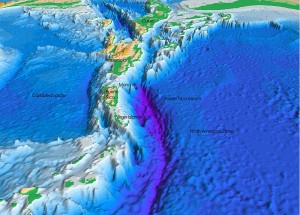
SEDEX deposits form at or just below the seafloor in thick sediments laid down in rifts (long troughs that form where crust is pulled apart and thinned) or passive margin settings (where continents drift apart).
Although SEDEX and Volcanic Massive Sulphide (VMS) deposits may seem similar, a key difference is that VMS deposits are associated with volcanic activity.
Geologists are visiting modern hydrothermal sea floor vents to better understand how SEDEX deposits form and where the rich metals contained within them come from. The deepest known vents on Earth are nearly 5km (3 miles) below the ocean surface, discovered in the Caribbean Ocean south of Cuba in 2010 and explored in 2013. Additional modern day analogues include the Salton Sea Geothermal System in California and the Red Sea rift between the African and Asian continents.
Ore Minerals
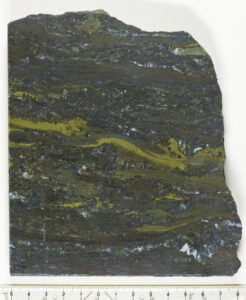
SEDEX ore minerals typically include iron, zinc and lead sulphide minerals. These minerals are precipitated when metal-rich hydrothermal fluids come in contact with hydrogen sulphide produced by bacteria in the seawater. The most common ore minerals are iron sulphides (pyrite and pyrrhotite), zinc sulphides (sphalerite) and lead sulphides (galena). Silver, copper, tin and tungsten may also be deposited in economic quantities. Barite (barium sulfate) is also common in these settings.
Exploration
SEDEX deposits are associated with thick sea floor sediments deposited in fault-controlled extensional settings. There also appears to be a specific geologic time window associated with their formation. Known deposits occur in Paleozoic and Proterozoic basins, while none are known to occur in Mezozoic or Cenozoic rocks. In other words, no SEDEX deposits are older than 2.5 billion years and none are younger than 250 million years. For exploration geologists, the first item on their check list should be finding a region of the right age and right geological setting.
Airborne EM and mag surveys along with ground magnetics can be useful prospecting tools. These tools detect the magnetic mineral pyrrhotite and other metal sulphides that occur in SEDEX deposits. The heavy sulphide minerals along with the heavy mineral barite may also contrast against the lighter background sediments in a gravity survey.
Important SEDEX Deposits
Mt Isa, Northern Australia
The Mt Isa-McArthur area in northern Australia is host to the biggest accumulations of zinc, lead and silver in the world. The area hosts five supergiant SEDEX deposits: McArthur River, Century, Mt. Isa, Hilton, and George Fisher. Mt Isa is operated by Glencore (LSE:GLEN).
Red Dog, Alaska, USA
Red Dog in Alaska is one of the world’s largest zinc deposits. The mine is owned and operated by Teck (TSE:TECK.B and NYSE:TECK) and is expected to continue operating until 2032.
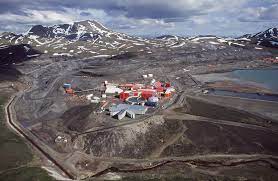
Sullivan, British Columbia, Canada
Discovered over 100 years ago, the Sullivan deposit was the largest SEDEX deposit in Canada, producing 116 million tonnes of zinc (5.8 % Zn) and lead (6.7 % Pb). The mine is no longer producing but Santa Fe Metals and Eagle Plains Resources are pursuing SEDEX prospects in the area.
List of Companies Mentioned
Further Reading
- SEDEX Deposits in the Cordillera: Current concepts on their geology, genesis, and exploration (PDF Slide Presentation)
- SEDEX- Sedimentary-Exhalative Deposits (PDF, Academic)
- Proterozoic sedimentary exhalative (SEDEX) deposits and links to evolving global ocean chemistry (PDF, Academic)
Subscribe for Email Updates

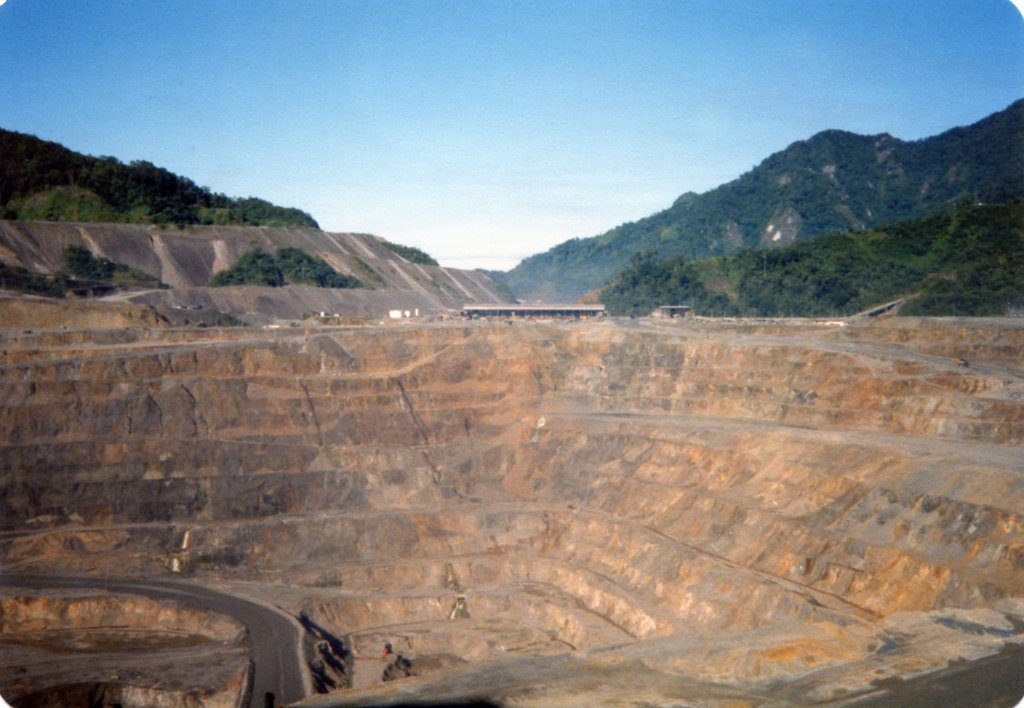
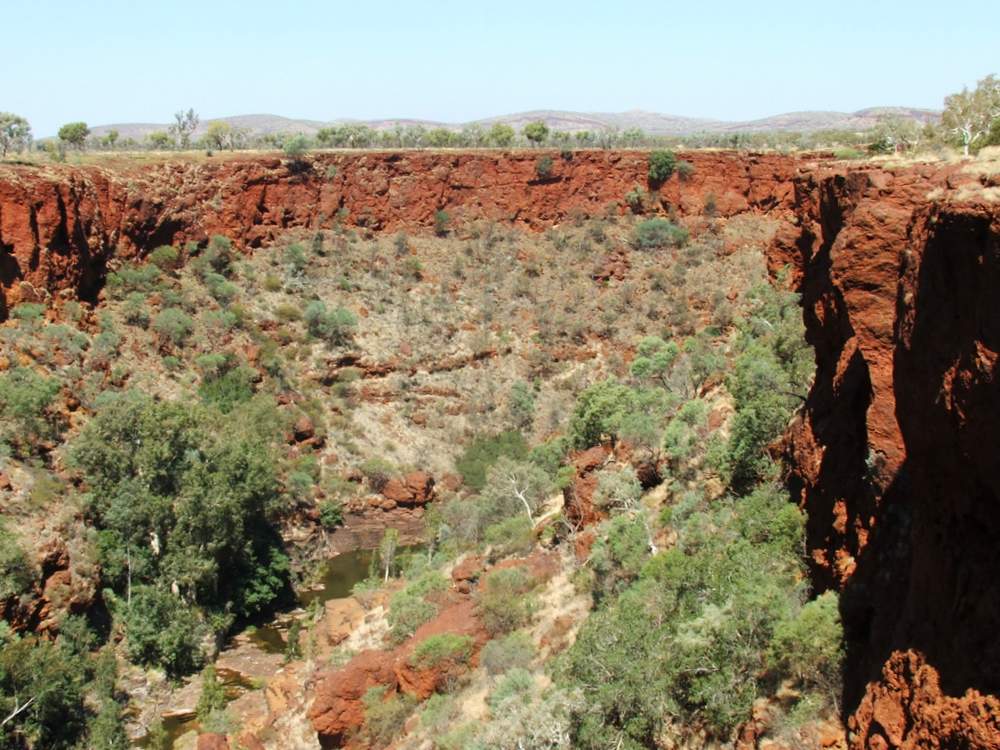
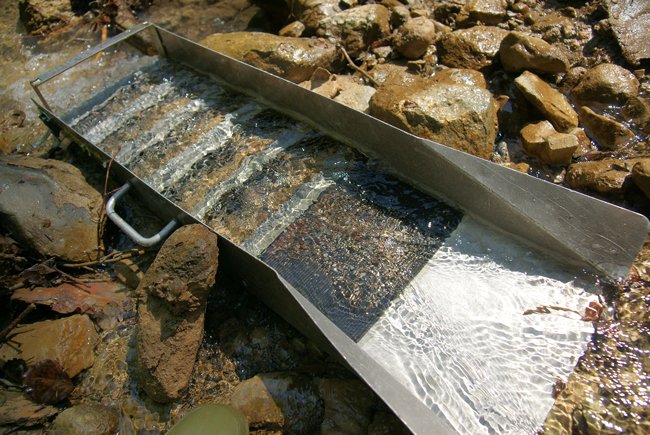
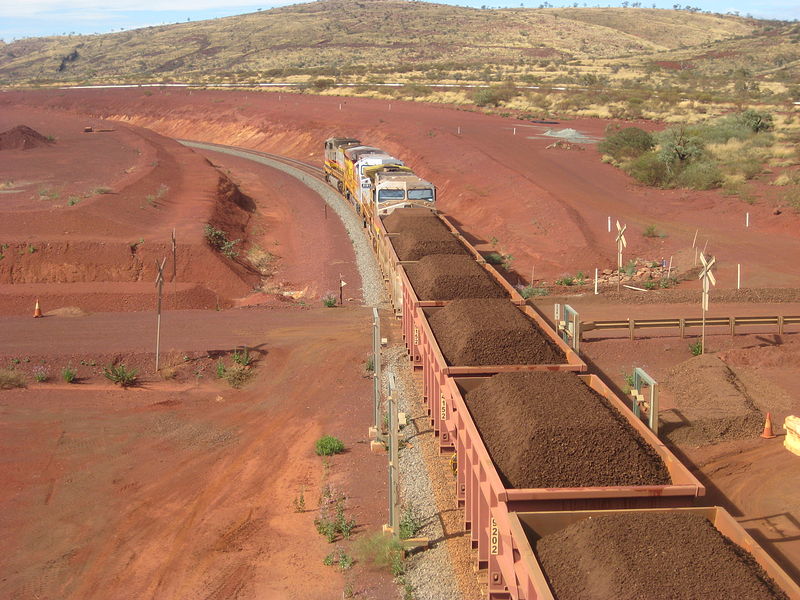




Pingback: Drill hole update No. 4 (Santa Fe Metals Really Wants your Attention) | Geology for Investors